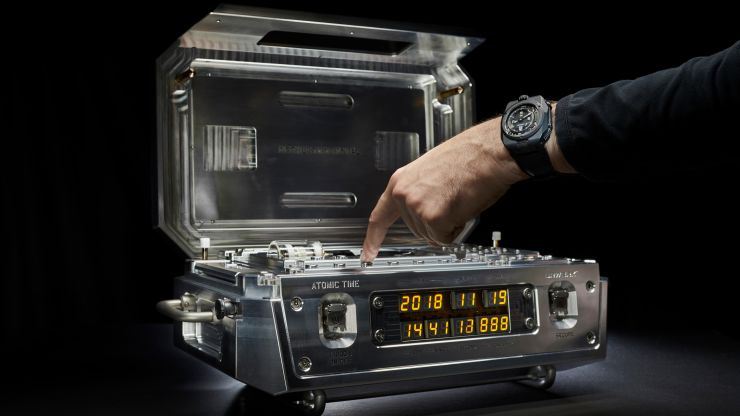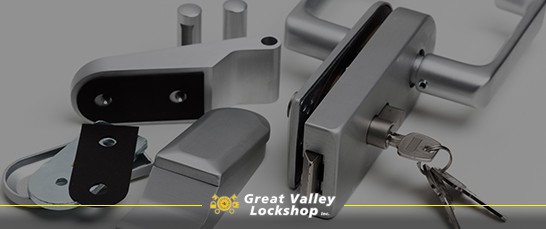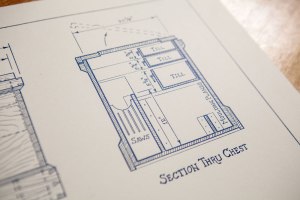This Is What Separates the Men from the Boys –

My favorite instructor, Mr. Williams, always said Anyone can do something right. The real skill is knowing how to fix things that go wrong.
Maddeningly, there will always be things that go wrong. Overlooked abrasive marks beneath your flawless finish? Check. (Scrape the whole tabletop down and refinish.) A brand-new oven front dented by a dropped cabinet door? Check. (Pay to have oven part replaced by manufacturer’s service person.) Etc. The moment of discovery is always a punch in the gut.
My most recent experience with this sickening phenomenon came earlier this week. I was making great progress on a job I’d started that morning—months later than anticipated, thanks to a stack of other work commitments (and also thanks to my clients’ patience). The job involves a set of panels custom veneered with dyed eucalyptus. As I made the first cut, my client’s reaction to the price was still ringing in my ears. “X-thousand dollars? Just tell me–is this like buying a gold-plated toilet?” No, I reassured him; the purchase didn’t necessarily qualify as extravagant. The price reflected the exotic species of veneer, which was dyed in Europe, then exported to the United States.
Around midday I was lifting another panel onto the tablesaw to miter an edge when my eye was caught by a note in my handwriting on the order form: Grain to run horizontally, i.e. parallel with dimensions under “width.” The grain on the panels was vertical.
I got the job folder from my bench and sifted through the records. Sure, the evidence was right in front of me on the order form, but I honestly couldn’t remember which way the clients had wanted the grain to run. It had been so long since we’d discussed it–and the magnitude of the cock-up (to use a charming British term) would be so daunting that I just wasn’t ready to believe it.* I called the clients to check. No answer. I left a message. Next I wrote by email.
By bedtime there was still no response. I hardly slept that night; each time I lapsed into slumber, I found myself in a different subconscious-generated torture scenario involving horizontal versus vertical grain.
The following morning I contacted Max Jeffrey, the salesperson at Heitink Veneers, and let him know there might have been a mistake. He said he would look into it and assured me they would make things right.
And that’s exactly what they did. No prevaricating, no drama; just a sincere apology for having laid up the veneer in the wrong orientation, while noting that this kind of error is exceedingly rare because they take grain orientation seriously. (As a customer of theirs for nearly a decade, I know this to be true.) Tell us what we need to do to make things right for your clients, Max said.
When my client called back, I explained the situation and asked whether he would like Heitink to order new veneer and remake the panels, or would he and his wife like to keep the grain vertical. My personal preference, I added honestly, was the existing vertical orientation, because the island’s stone counter has a bold lengthwise grain and I thought the added linearity of horizontal-grain panels might make the island seem as though it was ready to shoot through their back door. They asked for a break on the price, and Heitink agreed to refund that amount. (The clients had purchased the veneered panels directly and had already paid in full.)
To paraphrase Mr. Williams, Anyone can do something right. What’s truly impressive is making things right for your customer—graciously—when you have made a mistake on their order. When I asked Jan Heitink (he’s Dutch; his name is pronounced “Yon”) whether he would permit me to identify his company in this post, he said yes, adding, “We strive for perfection in our products but in real life there is no such thing and when a situation does not go as planned, how we react to the situation is what will leave a lasting impression.”
I couldn’t have put it better myself.–Nancy Hiller, author of Making Things Work

*This is why I put everything in writing. But even so, in this case, I wanted to consult the clients to make sure I had ordered what they wanted.




